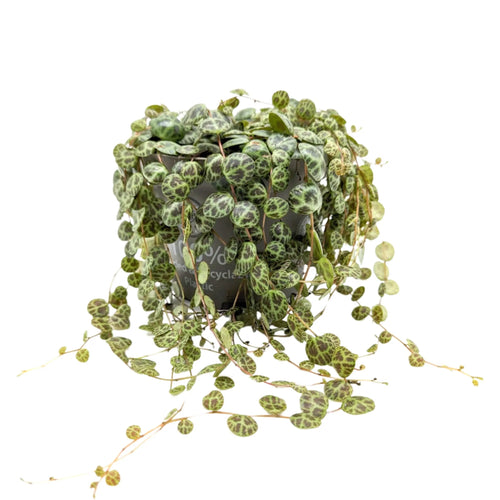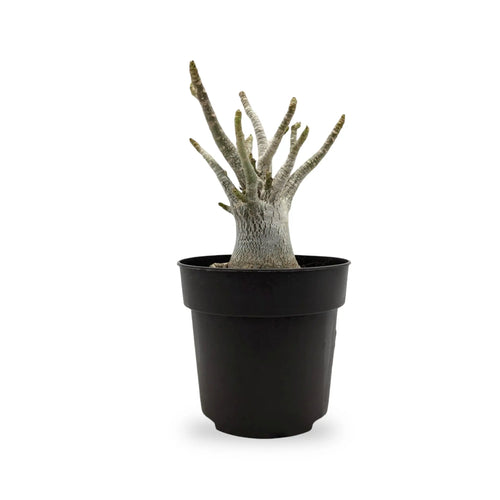In recent years, houseplants have become more than just decorative elements — they’ve evolved into companions that nurture both body and mind. Beyond their lush green beauty, caring for plants brings a unique sense of calm, focus, and mindfulness. Studies suggest that spending time with houseplants can lower stress, improve mood, and even enhance indoor air quality. In a fast-paced world filled with screens and stress, tending to plants offers a simple, natural escape — one that grounds you in the present moment.
The Healing Connection Between Plants and Mindfulness
Caring for plants is more than watering and pruning — it’s a mindful practice. Watching a leaf unfurl or noticing subtle changes in growth invites patience and awareness. This daily ritual helps us disconnect from external chaos and focus inward. Researchers have found that engaging with houseplants can reduce anxiety, improve attention span, and promote emotional well-being. This form of healing through nature is often referred to as horticultural therapy, a practice that encourages mindfulness by nurturing living things.
Each act of care — wiping leaves, repotting, or simply observing growth — fosters a connection to nature that calms the mind. The repetitive, gentle motions involved in plant care mirror meditative practices, helping us slow down and breathe. Over time, plant care can become a vital part of one’s self-care routine, enhancing both mental clarity and inner peace.
The Science-Backed Benefits of Indoor Plants
The mental benefits of houseplants are supported by science, but their physical advantages are equally impressive. Plants improve air quality by absorbing carbon dioxide and releasing oxygen during photosynthesis. Some species can even help filter harmful substances in the air, such as volatile organic compounds (VOCs) released by paints, varnishes, and cleaning products.
Higher oxygen levels can lead to better concentration, improved mood, and fewer headaches. Plants also add moisture to the air, helping to reduce dryness and irritation in the skin, eyes, and throat. These natural processes create a healthier and more balanced indoor environment.
Beyond measurable benefits, the simple presence of greenery has psychological effects. A room filled with plants feels more welcoming and tranquil. Green spaces have long been linked to reduced stress and increased feelings of happiness and vitality. Even a single plant on your desk or windowsill can serve as a visual reminder to pause, breathe, and be present.
Seven Mindful Houseplants to Brighten Your Space
If you’re ready to start your mindfulness journey through greenery, here are seven beautiful and beneficial plants that are perfect for beginners and experienced plant lovers alike.
1. Peace Lily
The peace lily, with its elegant white blooms and glossy leaves, symbolizes serenity. It’s easy to care for, thriving in medium to low light and requiring only moist — not soggy — soil. Peace lilies are also known for their air-purifying qualities, making them both beautiful and beneficial. Caring for one encourages gentle attention and patience, key elements of mindfulness.

2. Golden Pothos
Golden pothos is a hardy vine with heart-shaped leaves that trail gracefully from shelves and pots. It’s one of the easiest plants to grow and can tolerate low light and irregular watering. Its slow, steady growth reflects the essence of mindfulness — progress without rush. Pothos also helps refresh indoor air, offering calm and natural beauty.

3. Spider Plant
Known for its arching green-and-white leaves, the spider plant is cheerful and adaptable. It thrives in bright, indirect light and can tolerate occasional neglect, making it perfect for busy households. Its offshoots, or “baby” plants, symbolize renewal and growth — reminding us that nurturing, even in small ways, creates lasting results.

4. Snake Plant
Also called mother-in-law’s tongue, the snake plant is strikingly resilient. With tall, upright leaves that thrive in low light and require minimal watering, it’s nearly indestructible. This plant releases oxygen even at night, making it ideal for bedrooms. Its endurance serves as a quiet metaphor for inner strength and persistence, encouraging patience in care and life alike.

5. Rubber Plant
With broad, glossy leaves and a bold presence, the rubber plant adds elegance to any space. It prefers moderate sunlight and well-drained soil. Its steady, upward growth embodies stability and grounding — qualities that mindfulness practices strive to cultivate. Caring for this plant can become a slow, rewarding ritual of observation and gratitude.

6. Aloe Vera
Aloe vera is not only a soothing plant but also a symbol of healing. Its thick, fleshy leaves store water, making it extremely low maintenance. Aloe thrives in bright light and needs minimal watering. Watching it grow and flourish is a reminder of resilience and self-renewal — the same qualities mindfulness helps nurture in ourselves.

7. Boston Fern
The Boston fern, with its delicate fronds and lush appearance, brings vibrancy and freshness indoors. It thrives in humidity and soft light, making it ideal for kitchens or bathrooms. Caring for it involves gentle misting, which can be a calming daily practice that encourages presence and care.

How Houseplants Encourage Mindful Living
Mindfulness is about being aware of the present — noticing sensations, thoughts, and surroundings without judgment. Tending to plants naturally cultivates these habits. When you water your peace lily or trim your spider plant, you’re tuning into textures, scents, and sounds. This focus quiets mental noise and encourages gratitude for small moments of beauty.
Plants also teach patience. Growth happens slowly, often unseen, mirroring personal growth and mindfulness itself. Learning to wait — for new shoots, blooms, or roots — reinforces the idea that progress takes time.
Moreover, caring for something alive fosters empathy and responsibility. It helps you form a gentle routine, anchoring your day in calmness. Whether it’s watering, repotting, or simply admiring your plants, each act strengthens your connection to life and the natural world.
Starting Your Own Mindful Plant Collection
If you’re new to houseplants, begin with one or two easy-care varieties. Choose plants that suit your lifestyle and available light. Snake plants, pothos, and spider plants are forgiving options for beginners. Observe them closely — how they respond to sunlight, how often they need water — and adjust your care with mindfulness.
Don’t aim for perfection. Browning leaves or slow growth are part of the journey. Each challenge teaches awareness and acceptance. Over time, your collection can grow alongside your confidence and sense of peace.
The goal isn’t just to fill your space with greenery, but to build a deeper connection with nature — one that nurtures your mind, body, and spirit. The simple act of caring for a plant invites calm, clarity, and joy into everyday life.
So, the next time you mist your fern, prune a pothos vine, or check the soil of your snake plant, take a deep breath and be present. In that quiet exchange between you and your plant, mindfulness blooms.








